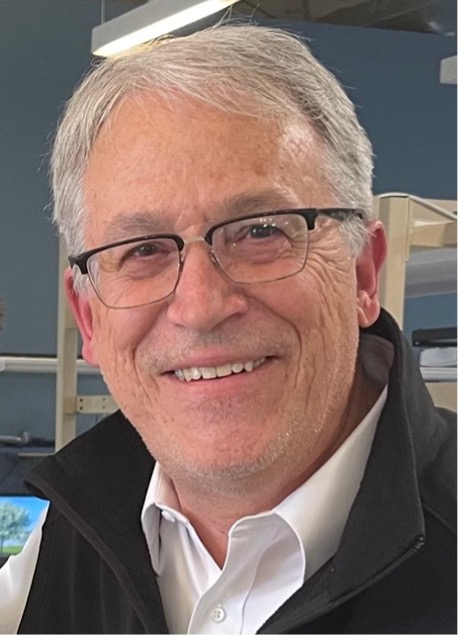System Maintenance occurs every Friday.
The proliferation of cloud computing and artificial intelligence is driving significant performance improvements in data center processing. Unfortunately, the connections between these servers, and even the connections between the boards in these servers, is limiting performance and driving up power dissipation. Silicon photonics promises a solution to these problems. Compared to standard integrated circuit technology, silicon photonics technology requires fundamentally different thinking about fabrication, packaging, testing, reliability and failure analysis. This course delves into the fabrication, packaging, testing, reliability and analysis of these circuits. This course is a must-attend for those working on silicon photonics, using silicon photonics in your systems, or considering the use of silicon photonics.
Silicon Photonics Technology and Applications is a 2-day course that details the vital technologies required to understand optics and photonics; photonics integrated circuits; silicon photonics and its packaging and systems; and future applications and materials. This course provides a comprehensive introduction to silicon photonics, covering fundamental principles, fabrication techniques, design tools, applications, and future trends.
July 16-17, 2025 | San Jose, CA
(Price available until Wed. June 25)
1-Year Online Training Subscription
(Includes this and other materials.)
$1,295
$1,195
$700
Please note: If you or your company plan to pay by wire transfer, you will be charged a wire transfer fee of USD 45.00.
Please email the printable registration form for public courses to us at the email address on the form to complete your order.
If you have any questions concerning this course, please contact us at info@semitracks.com.
If a course is canceled, refunds are limited to course registration fees. Registration within 21 days of the course is subject to $100 surcharge.
By focusing on current issues in silicon photonics, participants will learn why advances in the industry are occurring along certain lines and not others. Participants will gain a solid foundation to apply silicon photonics technology, and a broad view of applications in various domains. Participants will also learn about silicon photonics without having to delve heavily into the complex physics and materials science that normally accompany this discipline. Lastly, participants will learn basic, but powerful aspects about the silicon photonics. This skill-building series is divided into six segments:
Our strategy is to use short, concise course segments and accompanying quizzes so that the user stays engaged. From the very first moments of the seminar until the last sentence of the training, the driving instructional factor is application. Our course creators are internationally recognized experts in their fields that have years of experience (both current and relevant) in this field.

Steve Groothuis received his B.S. in Physics from Michigan State University and his M.S. in Physics from University of Texas at Dallas. Steve was recruited to join Texas Instruments in 1983 and worked for the Semiconductor Packaging Lab. He assisted in integrated test structures, such as strain gauges, moisture sensors, thermal sensors, and structures to determine the impact of package stresses on IC thin film layers. During his tenure at Texas Instruments, he introduced the numerical analysis technique called Finite Element Analysis (FEA) to the package development efforts in 1985. Key FEA findings were instituted in package design and design rules, assembly processes, and in package reliability testing. This technique was applied to wafer fabrication as well.
Steve joined ANSYS Incorporated in 1997 as a Multiphysics Industry Specialist focused on areas of numerical analysis enhancements for Computational Fluid Dynamics, Electromagnetics, Thermal, Thermomechanical, and the coupling of these physics and mechanics in the overall framework called multiphysics analyses. He also became involved in software sales as a Strategic Account Manager.
Steve joined Micron Technology in 2000 and held roles as a Package Technologist, Device Physics Engineer, Device Physics Section Manager, and Technology Pathfinding Manager. He and his teams contributed to new simulation and characterization techniques, providing technology and process solutions for Design for Manufacturability and Design for Reliability.
Steve joined Samtec Microelectronics in 2015 as their Chief Technology Officer for the assembly and packaging facility. He introduced new technologies and platforms including glass interposers and substrates for high-speed devices, biomedical, and semiconductor packaging.
In 2021, after brief stints working as the Microelectronics Factory Operations Manager for Plexus, and at Intel as a Project Manager on Intel Foveros packaging, Steve worked for the silicon photonics startup, Ayar Labs, as a Technical Program Manager and IP Portfolio Manager. Due to his extensive work establishing Ayar Lab's packaging program, Steve was appointed as their first Technical Fellow.